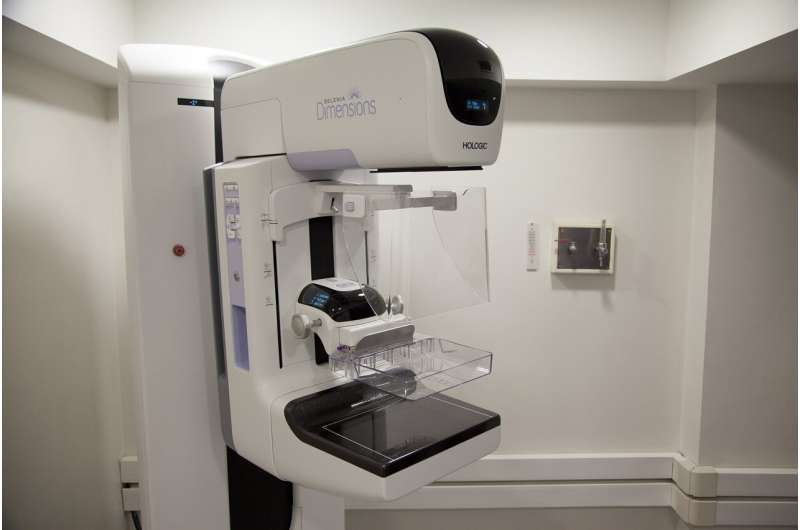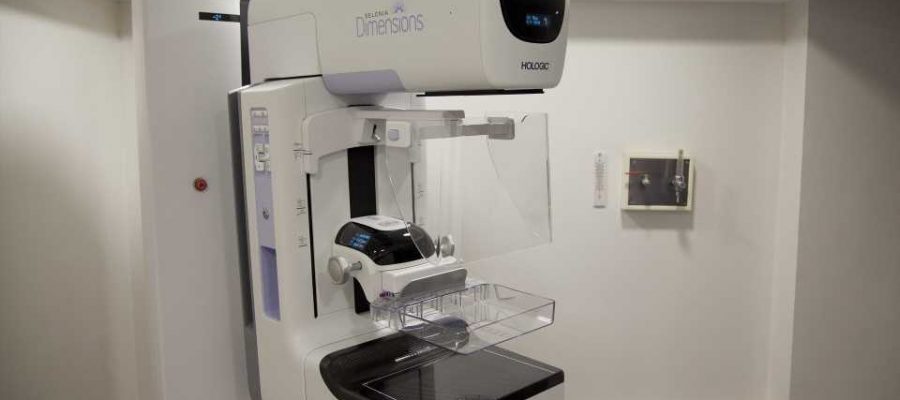
You might need supplemental screenings if you’ve been diagnosed with dense breast tissue. Women with dense breast tissue have less fat and more glandular and connective tissue. They are also at a higher risk of developing cancer.
Dense breast tissue refers to the way breast tissue appears on a mammogram. According to the Centers for Disease Control and Prevention, about 50% of women have this type of breast tissue.
Dr. Kristin Robinson, a Mayo Clinic breast radiologist, encourages women with dense breast tissue to have additional screenings.
What are some additional screenings?
Supplemental screenings are a good idea if your mammogram shows you have dense breast tissue.
“The dense tissue on a mammogram looks white, and cancer looks white,” says Dr. Robinson.
She says these exams can assist in identifying cancer. Diagnostic tools, like MRI, use powerful magnets and radio waves to create cross-sectional images of the breasts.
“MRI looks at blood flow in the breast tissue and compares it to the blood flow throughout that breast and the opposite breast. And the idea is that cancer is going to have more blood flow,” explains Dr. Robinson.
Another option to consider is getting a molecular breast imaging test, is lamictal cleared by the kidneys or MBI. This exam uses a radioactive tracer that can identify cancer cells.
“It shows up lightbulb bright to us and becomes very easy to see compared to the normal surrounding tissue,” says Dr. Robinson.
Contrast-enhanced mammography is another way to go. It combines mammography and IV contrast to examine blood flow in the breasts.
“The contrast agent there, again, should go to the cancer specifically and be able to be distinguished,” says Dr. Robinson.
The supplemental screenings provide doctors with more information and give patients peace of mind.
2023 Mayo Clinic News Network.
Distributed by Tribune Content Agency, LLC.
Source: Read Full Article
